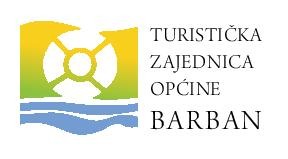County Istria
Municipal mayor Dalibor Paus
Settlements within the municipality: 31
Surface: 92 km2
Population: Stanovništvo (2001.): 2.802
The site of a Bronze Age prehistoric hill fort, human remains have been found on the site that date back approximately 3,400-4,000 years back. The name Barban appears for the first time in an ecclesiastic document dated 740 A.D. In the Middle Ages, the town was fortified while under control of feudal lords from Pazin, and parts of those medieval fortifications can still be seen. In the second half of the 13th century, having been depopulated by the plague in 1312, a small colony of Dalmatians from Finodol settled in the area, brought by the counts of Gorizia.
In 1374, upon the death of Albert IV, Count of Pazin, it became a full Habsburg possession, before being taken over by the Republic of Venice in the 16th century. In 1534, Venice ceded it to the Loredan family as a heritable possession.
In the main square, which is reached by passing through Velika Vrata (the Great Gate, 1718), stands the St. Nicholas parish church with baroque altars and paintings by Venetian masters from the 16th-18th centuries, a Late Gothic stone tabernacle, and wooden baroque sculptures.
Balići II, Barban, Bašići, Bičići, Borinići, Bratulići, Cvitići, Dolica, Draguzeti, Glavani, Gorica, Grandići, Hrboki, Jurićev Kal, Koromani, Kožljani, Manjadvorci, Medančići, Melnica, Orihi, Petehi, Prhati, Puntera, Rajki, Rebići, Rojnići, Sutivanac, Šajini, Vadreš, Varož i Želiski.


